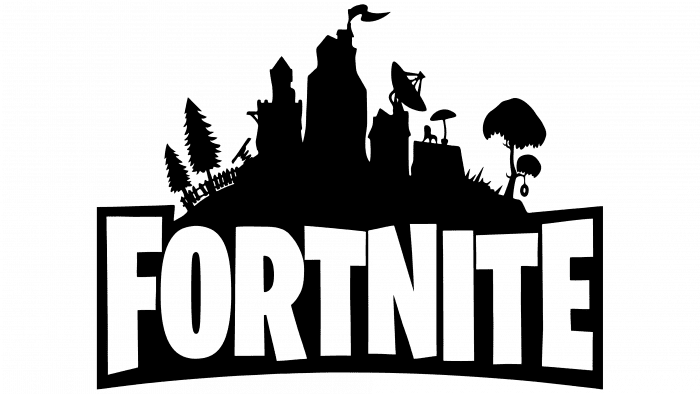The Yakuza logo features a distinctive red paint-like design, giving the impression that the inscription has been drawn with a brush. This design choice is reminiscent of the technique used to write Japanese characters with wide, sweeping brushstrokes. It establishes a strong connection between the game and Japanese culture and traditions, which are reflected in the visual style, characters, architecture, and other elements. The unique shape of the letters enhances the sense of authenticity, further immersing players in the world of Yakuza.
The red paint-like design of the Yakuza emblem symbolizes passion, intensity, and the vibrant energy that permeates the game. It captures the essence of the Yakuza series, known for its gritty and immersive storytelling, intense action, and its exploration of the criminal underworld. The use of red evokes a sense of danger, drama, and the allure of the Japanese criminal syndicates, while also representing the strong emotions and conflicts that drive the narrative of the game.
Moreover, the brushstroke-like design of the logo reflects the fluidity and dynamism of the gameplay. It hints at the fast-paced combat, intricate storytelling, and nuanced character development that players can expect from the game. The logo serves as a visual representation of the unique blend of action, drama, and authenticity that defines the Yakuza series, making it instantly recognizable and synonymous with the thrilling and immersive world of the game.
Yakuza: Brand overview
| Founded: | 2005 |
| Founder: | Sega |
| Headquarters: | Japan |
| Website: | yakuza.sega.com |
Engulfing players in a whirlwind of high-octane action and adventure, Yakuza, a video game series crafted by Sega for PlayStation 2, has been igniting excitement since it first saw light in Japan in 2005, followed by its worldwide release in September 2006.
The saga revolves around Kazuma Kiryu, a member of the yakuza underworld who finds himself in the crosshairs of a sinister power game. Kiryu re-enters the world of organized crime after a decade-long prison term for a crime he was innocent of. The narrative unfolds in Kamurocho, a fictionalized version of Tokyo’s vibrant red-light district, where Kiryu treads the perilous path of crime syndicates, morally bankrupt politicians, and the shadowy Japanese underworld to regain his status in the Yakuza.
Yakuza caused a stir in Japan upon its debut, ensnaring audiences with its riveting storyline, the meticulously crafted portrayal of Tokyo’s criminal landscape, and pulsating combat mechanics. Add to this a plethora of captivating side-quests, and players were guaranteed a unique gaming experience every time they stepped into Kiryu’s shoes. Little wonder, then, that Yakuza was showered with critical acclaim.
The Yakuza series has since ridden the wave of success, spawning several sequels and offshoot games. The franchise’s triumph can largely be attributed to its immersive storytelling and deep dive into Japanese cultural nuances, especially the fascinating world of the Yakuza.
Meaning and History
Delving into the brand identity of Yakuza, it’s clear that the driving force is the emphasis on a compelling narrative. The series is celebrated for its rich storytelling, featuring multifaceted characters, poignant narratives, and complex relationships. This narrative-centric approach sets it apart from other games in the same genre, creating a brand known for its immersive and cinematic gameplay.
Another cornerstone of the game’s brand identity is the authenticity of its setting. The faithful representation of Japanese locations, customs, and the intriguing life of the Yakuza offers a unique cultural perspective. This commitment to displaying genuine Japanese environments enhances the player’s experience and adds a layer of realism to the game.
Finally, the game’s identity is enriched by the harmonious blend of dramatic narrative and varied gameplay elements. From enthralling combat sequences to various mini-games and side activities, the brand ensures a diverse and engaging gaming experience. This mix of intense drama and light-hearted humor, action, and relaxation has become a defining characteristic of its brand identity, setting it apart as not merely a game but a genuine Yakuza experience.
What is Yakuza?
In the world of action-adventure video games, Yakuza holds a unique place. Developed and published by Sega for PlayStation 2, this series made its initial debut in 2005 in Japan and quickly gained international acclaim when it was released globally in September 2006.
Following its inception, the series witnessed remarkable growth and acceptance among the global gaming community. Its distinct combination of gripping narrative and immersive gameplay, set within the enigmatic realm of Japan’s criminal underworld, has led to a loyal fan base. With numerous sequels and spin-offs to its credit, it’s safe to say that it has established a substantial footprint in the video game industry.
Yakuza color codes
| Racing Red | Hex color: | #ce0000 |
|---|---|---|
| RGB: | 206 0 0 | |
| CMYK: | 0 100 100 19 | |
| Pantone: | PMS Bright Red C |
| Old Burgundy | Hex color: | #332827 |
|---|---|---|
| RGB: | 51 40 39 | |
| CMYK: | 0 22 24 80 | |
| Pantone: | PMS Black 5 C |




